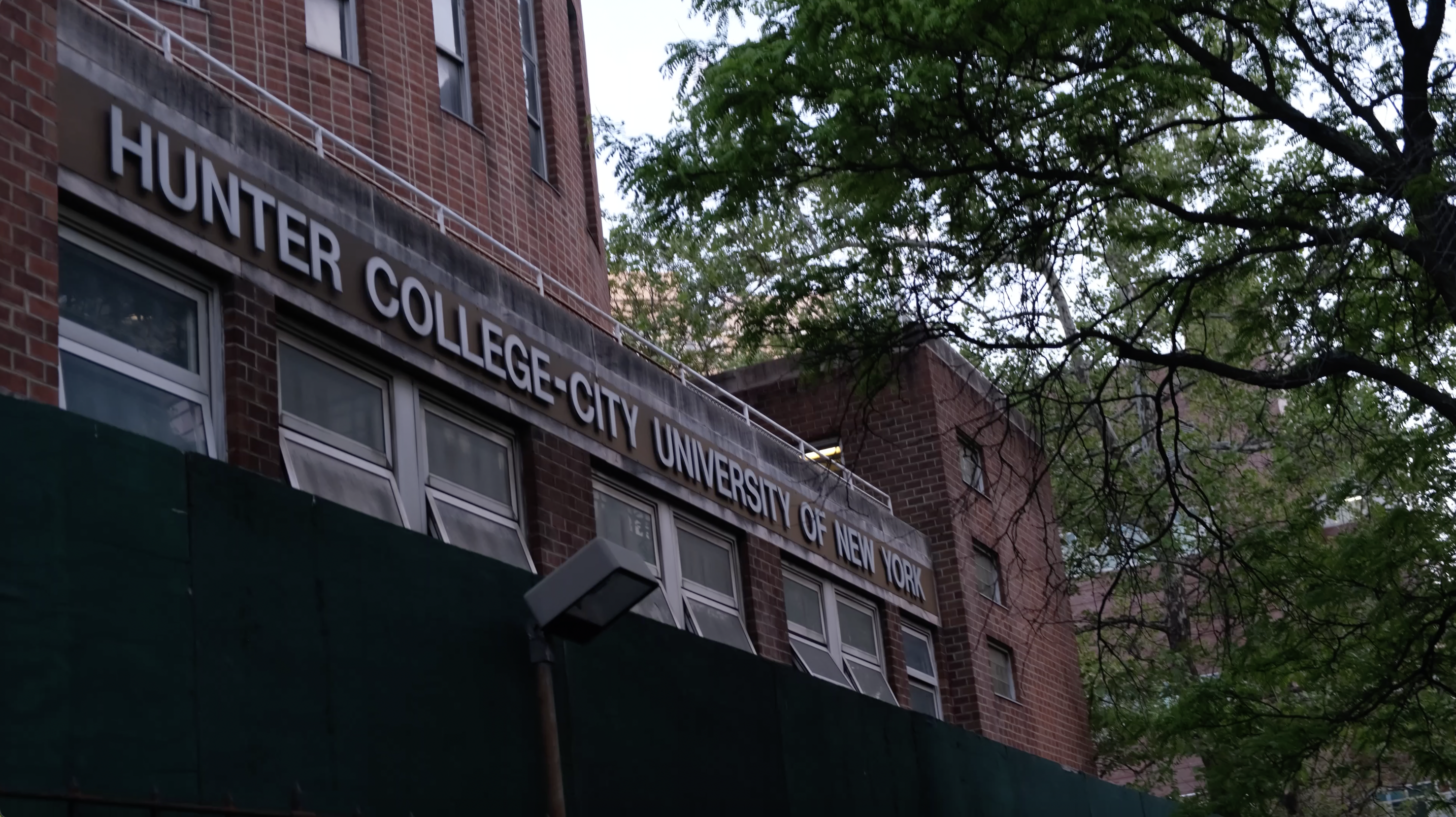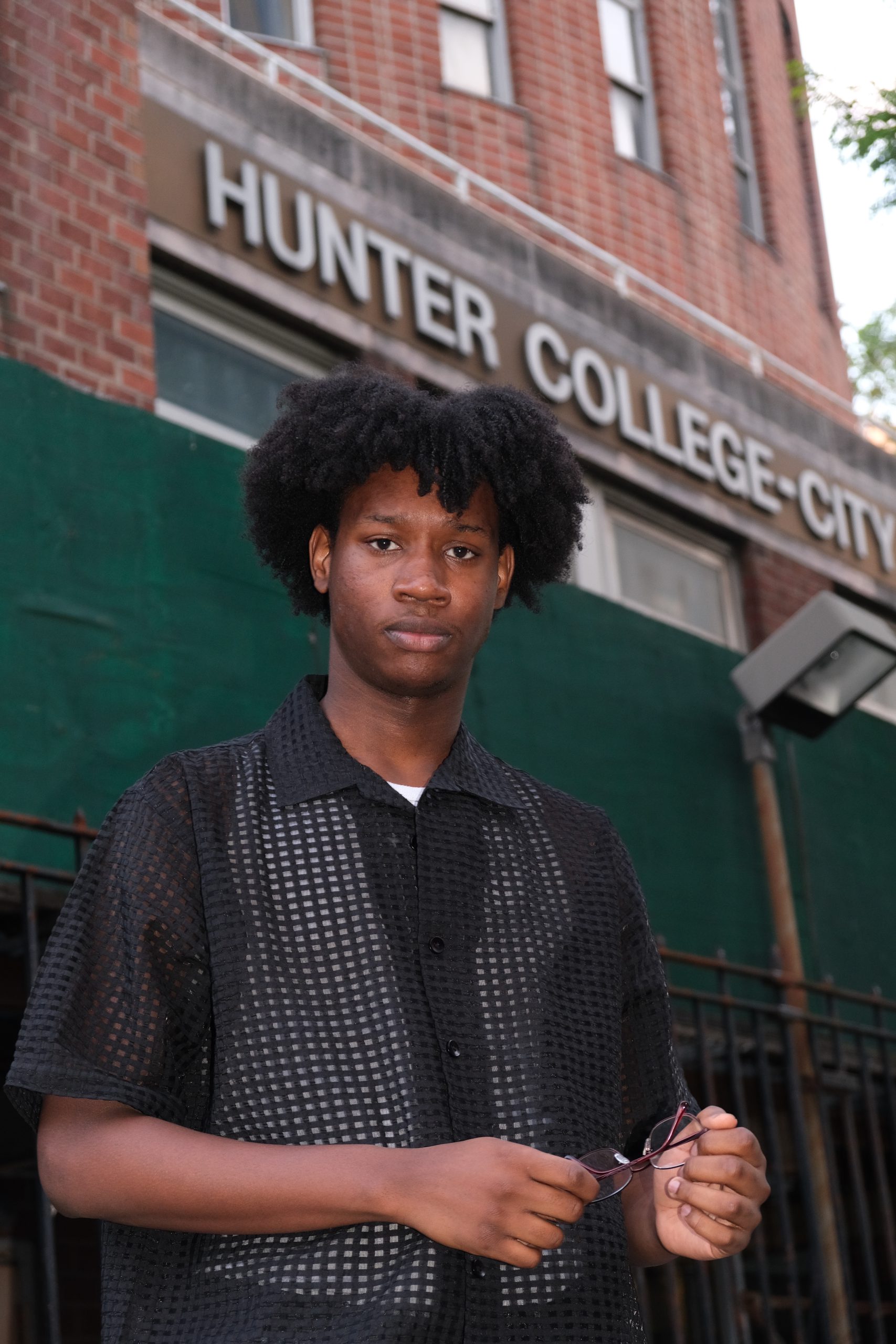
Hunter College’s Brookdale Residence Hall is in danger of being torn down, and Hunter students have decided to fight against its destruction.
In October 2022, Mayor Eric Adams and Governor Kathy Hochul decided to tear down the dorms in order to create a Science Park and Research Campus (SPARC). The building, located at 425 E 25th St, is home to over 600 students and is viewed as the most affordable CUNY housing unit available. Its plans for destruction have caused concerns for future and current students.
“We should not have SPARC at the expense of affordable housing, especially Brookdale,” said alumni Sara D’Alessandro.
D’Alessandro is a Macaulay Honor College graduate, who upon hearing of the news about the building’s fate decided to advocate against it. They graduated in 2020 as a media studies major and lived in Brookdale since their freshman year. D’Alessandro said they attended the dorms because it was the most affordable housing available.
When the news of Brookdale being torn down was aired to the public, it inspired them to begin fighting for the place they once called home. They founded Back Brookdale, an organization that is dedicated to saving the campus. The group includes Hunter College’s alumni and current students.
“I think it’s way easier to preserve something that already exists. Then try to scramble and do damage control when it’s gone,” said D’Alessandro. “It’s a fluke that this dorm exists and is as cheap as it is. And I can’t envision CUNY, replicating or engineering, a dorm like the residence hall.”

Phill M. Campbell is one of Back Brookdale‘s members and is viewed by D’Alessandro as an essential advocate in the fight for the dorms. He is a journalism major at Hunter College and a junior who has a passion for social justice.
Campbell found out about Brookdale’s potential destruction through a Hunter College Instagram meme page known as Hunter Barstool. He assumed it was a joke at first, and after messaging the account for confirmation of its news, later decided to advocate for the dorms. He attended a Board of Trustees Meeting, just three days after hearing of the news, where he later spoke on the concerns and met D’Alessandro.
“Our plan is really to get the message that Brookdale is worth saving out there,” said Campbell. “A lot of people have given up, even the people that live there.”
Campbell says this isn’t the first time the dorm was threatened, with plans for its destruction first appearing in 2015. The New York City Economic Development Corporation was the first to try and replace the building with a garage facility to house sanitation trucks. It was proposed to start in 2018, yet was never put into motion.
“We found out the same way students found out, we were just as shocked,” Undergraduate Student Government (USG) Cultural Affairs Commissioner Asia Akperov said of the current plans. “We were appalled not only by the decision but also given the fact that they did not think to consult us or think to talk to us.”
As partners with Back Brookdale, USG collaborates with the organization in its efforts to try and preserve the dorms. Recently they have attended meetings with Vice Chancellor Wendy Hensel and another with the chairman of the Committee of Higher Education in New York City Eric Dinowitz. Both were somewhat successful, with Dinowitz inviting USG and Back Brookdale to a budget-related hearing on the dorms.
“We need affordable housing and we need more opportunities for science kids. These are not mutually exclusive, and they should not be pitted against each other,” said Akperov.
Accompanied by a new space for science and nursing majors, there is no debate against the usefulness this campus will bring to students. However, it will be at the expense of hundreds of low-income students’ housing. Akperov, who is also a Human Biology major, says although she would be one of the people who benefit from this project, the opportunities provided by SPARC are not worth the displacement of students.

SPARC is estimated to bring in $25 billion dollars in revenue over the course of thirty years after its construction. The plan is to clear the entire block that Brookdale resides on to make space for the new campus. Furthermore, SPARC will not only be used by Hunter but by other colleges and organizations.
“We put all of our research together, our points together, and really published it as a list of demands,” said Campbell.
As the writer of the organization, he wrote an article detailing the demands of the students regarding the dorm’s destruction, which include future housing to remain affordable, funds to refurbish the dorms, and full transparency on any news regarding the building.
D’Alessandro says they feel it is also important to, if the dorms are destroyed, provide other forms of affordable housing to former residents. They also say it is as simple as just moving the project to a different location. There are many spaces that may be converted for SPARC, and it seems unfair to build it in an area that houses hundreds of Hunter students.
“It’s easy to reduce this down to just a numbers game, in terms of operating costs and how many people live there,” said D’Alessandro. “It’s a very simplistic way of measuring this community and the way that we contribute and the value we bring, not just as CUNY students but as future constituents of New York City.”
When speaking to students in front of the Brookdale campus, many say they had no information regarding the nature of SPARC and are nervous about when the project will take place. One resident and freshman, named Anna Merkulova, says she wouldn’t have attended Hunter if Brookdale wasn’t an option.
The building is both a home and a source of community for students, as many classes and activities are held in its space. Brookdale’s current residents continue to grow uneasy about its future, but organizations such as Back Brookdale hope to save their campus.









